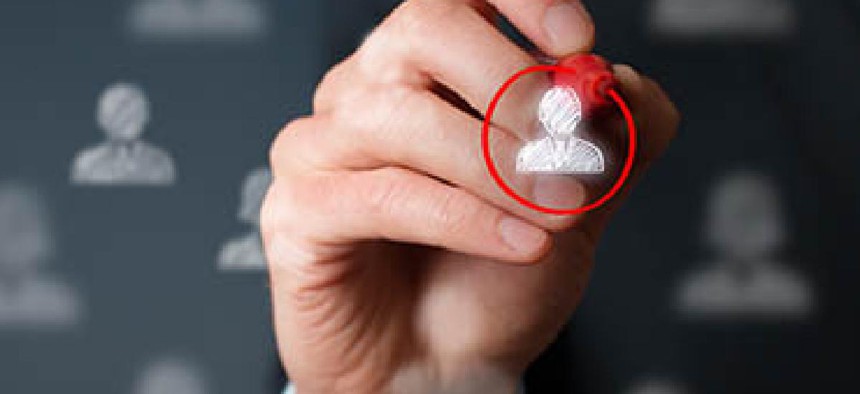OPM explains the hiring freeze

The Office of Personnel Management released guidance explaining what is and isn't covered by the hiring freeze. There are more exceptions than one might think.

Human resources directors at the Post Office, the CIA and Office of the Director of National Intelligence can exhale. The hiring freeze instituted by the Trump administration in a Jan. 23 presidential memorandum doesn't apply to them.
The news is also good for the Department of Veterans Affairs. Of about 45,000 current openings, 37,000 are exempted from the freeze because they are critical and related to health and safety, according to Dr. David Shulkin, current undersecretary for health at VA. Shulkin disclosed that development at his Feb. 1 Senate confirmation hearing to lead the agency.
The rest of the federal HR community, however, will need to scan Jan. 31 guidance from the Office of Personnel Management a little more closely to see where they fit in.
Other carve-outs include seasonal and short-term employees. Jeffrey Neal, former chief human capital officer for the Department of Homeland Security, noted on his blog that this exception is "important, particularly for agencies such as the IRS and the National Park Service." Census enumerators and Forest Service firefighters also could fall into this category, depending on the duration of the hiring freeze policy.
The freeze also doesn't apply to internal career ladder promotions. Neal noted that this is "very good news for anyone in a job with promotion potential."
Job candidates who received offers with designated start dates on or before Feb. 22 will keep their jobs. The guidance also restates the original memo's warning that agencies may not contract out to fill vacant positions with private-sector personnel.
The policy allows for agencies to detail needed staffers among themselves, but the OPM guidance tasks agency leaders with ensuring that "reimbursable details between agencies are not being used to circumvent the intent of the hiring freeze."
It's not clear what impact the guidance has on hiring at government innovation shops like the U.S. Digital Service and 18F. OPM says that "the freeze applies to new temporary and term appointments," which would seem to cover USDS and 18F. The guidance continues that "term and temporary appointments of existing Federal employees may be extended up to the maximum allowable time limit, consistent with the conditions/requirements of the legal authority originally used to appoint the employee."
At 18F, most hires are made on a two-year basis, and those can be renewed for another two years. The order seems to permit 18F to retain some employees. The service launched in March 2014 with 15 employees and has since grown to well over 100. The issue of employees having their terms expire will become more critical for the service in 2018, especially if it is not permitted to onboard new staff under a freeze policy.
USDS employees are in essentially the same boat.
One provision in the OPM guidance does address Schedule A hires -- the hiring authority used for many 18F and USDS positions -- but it is not clear whether such digital-expert recruiting would be covered. Queries to OPM, 18F and outside federal hiring experts seeking clarification were not immediately returned. And even if the exception does apply, it would only allow hires to replace tech talent, not to grow the teams further. The OPM guidance clearly states "the total number of individuals employed under this authority" cannot exceed the headcount in place on Jan. 22.
There have been some signals from the Trump administration that the innovation programs are going to be preserved. Gerrit Lansing, chief digital officer at the White House, tweeted on Jan. 23 that USDS "is here to stay in the new administration. Period."
Lansing subsequently reported on Twitter that newly named White House tech adviser Reed Cordish told a meeting of 18F, "We have your back."
Note: This article was updated on Feb. 1 to add details about the exemptions for Department of Veterans Affairs hiring.






